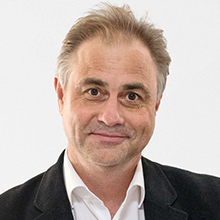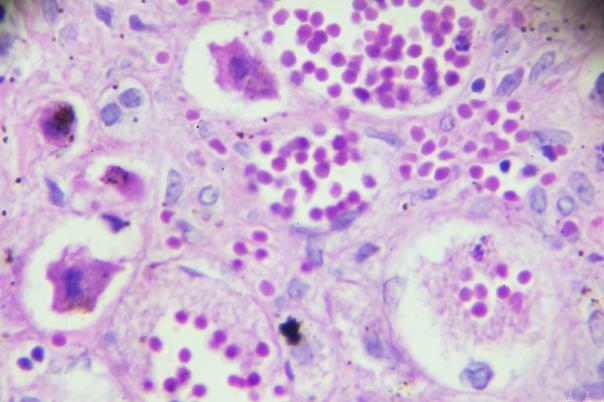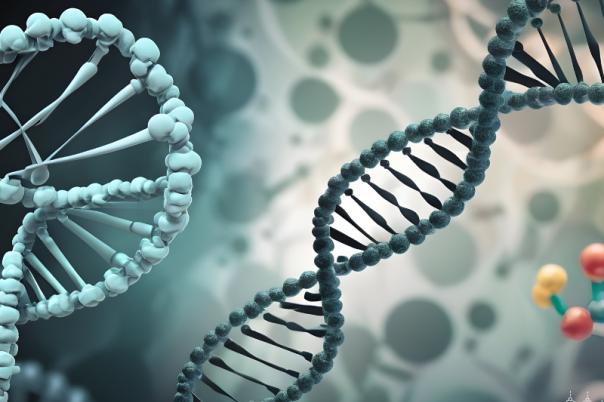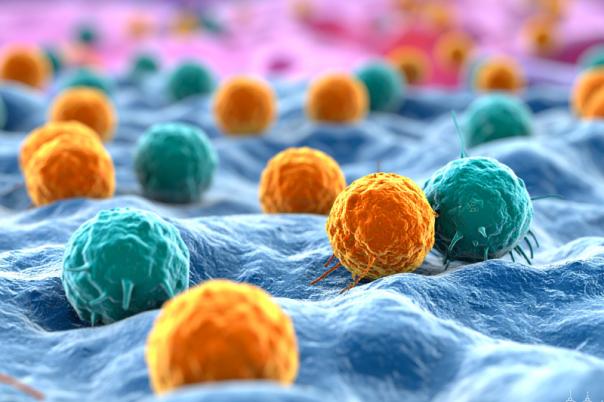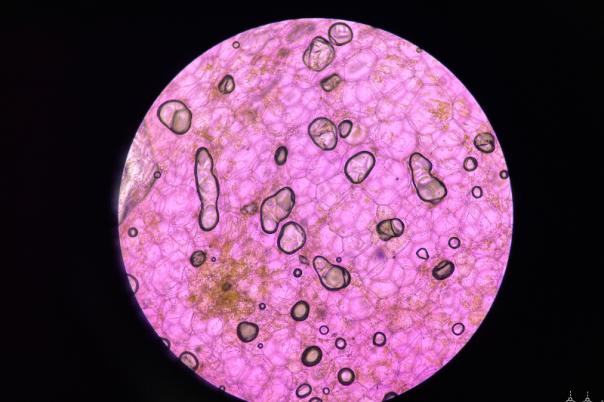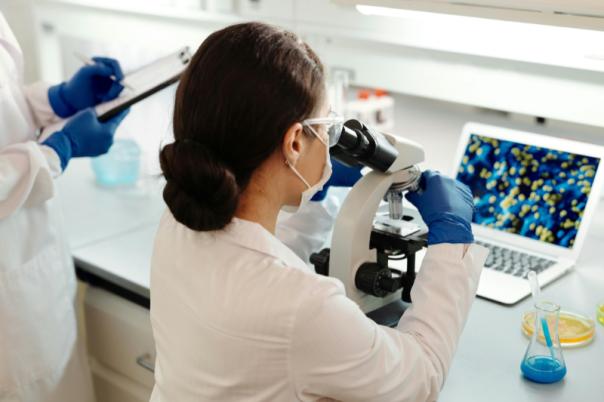The Centre for Mass Spectrometry and Optical Spectroscopy (CeMOS) at the University of Mannheim, Germany uses their sizable facilities for industrial and clinical applications, assessing new modalities in spatial biology. In this presentation, Carsten Hopf, professor at Mannheim and Head of the CeMOS group, outlined the centre’s process for using MALDI mass spectrometry for spatial lipidomics and metabolomics.
Their workflow starts with tissues like 3D cell cultures, FFPE, or fresh-frozen samples. These are then sectioned before the team apply different chemical matrices depending on the type of biomolecule they want to analyse. The tissue section is then scanned systematically with a laser beam in a MALDI mass spectrometer, in a label and reagent free process.
Hopf emphasised the resolution that this method affords the team: the technique produces images down to a five micron pixel resolution, and the system generates an entire mass spectrum for every pixel in the image. Therefore, the analytical chemistry team have a whole mass scale to work with along with X&Y coordinates.
This, of course generates a huge amount of data. Put together, all this data produces a spatial distribution of all the molecules that have had their mass measured. These detailed images of lipids and metabolites have so far been somewhat unexplored, with lots of potential for biomarker discovery.
For spatial biomarker discovery, Hopf stressed that molecular specificity cannot be compromised upon. But there was still a desire to enhance the speed of imaging. That’s why the team decided to propose guiding their MALDI imaging with a faster method of mid-infrared imaging. This technique is also label free and requires no sample preparation. It measures specific vibrations of atomic bonds which can be characterized based on their molecular class.
Although this initially saved a lot of data volume, it wasn’t fast enough in 2018. However, now the team use a newer technology: Quantum cascade laser (QCL) mid-infrared imaging. This tuneable technology is about 200 times faster than the method attempted in 2018, imaging about 5 million 5 micrometre pixels in 10 minutes, generating an infrared spectrum for each.
Hopf then presented an example of a mouse model of metachromatic leukodystrophy to demonstrate the effectiveness of the combined approach in identifying specific lipids. The talk concluded with the potential for these technologies to revolutionise spatial biology, emphasising the reproducibility and precision of the combined approach.
